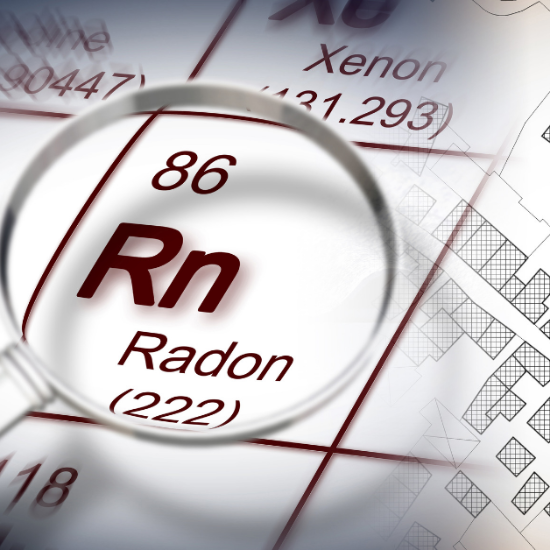
3 facts every homeowner should know about radon
What is Radon
You may not have heard of it, but radon is a part of our everyday life – wherever you live. Here are three facts every homeowner should know about radon, including how it can affect your home and your health:
- Radon is a gas that can seep into our homes
Radon gas is created when natural radioactive uranium slowly decays in the ground under our homes and seeps to the surface. Because we heat and ventilate our homes, some radon gets indoors through the floor; this is where we get most of our radon exposure. - In some parts of the country, homes are more likely to have high radon levels
Every building contains radon, but the levels are usually low. In some parts of the country, homes may have higher levels and the chances of a higher level depending on the type of ground. For instance, levels may be higher in parts of the country rich in granite, such as Dartmoor in Devon and Cornwall. - If you have high levels of Radon at home, you should take action
Radon causes about 1,000 lung cancer deaths in the UK every year. If we breathe in high levels of radon over long periods, this exposure can damage the sensitive cells of our lungs, which increases the risk of lung cancer. We also know that the combined dangers of smoking and high radon exposure can make a significant difference to your chances of developing lung cancer. That’s why if you’ve got high radon at home and you smoke, you must do something about it.

How can radon levels be reduced in your home?
Although high radon levels in a home can be a problem, the good news is simple remedial works can reduce them. There are three standard methods for reducing and controlling radon levels in the home. One of the recognised methods is installing a Positive Input Ventilation (PIV) system inside your home. PIV is an unobtrusive and cost-effective ventilation system that reduces and maintains low Radon levels. It’s suitable for Radon levels up to 500 Bq/m3.
The good news is that a PIV system can be installed in a new-build property or an existing home. Nuaire’s Drimaster-Eco range is designed for homes with lofts, while the Flatmaster range is for homes without lofts, including basements and cellars.
The Solution
Nuaire invented the PIV process over 40 years ago, and today it’s not only a proven method of curing condensation and mould problems but a trusted means of reducing radon levels with minimal building work.
Written October 2019
